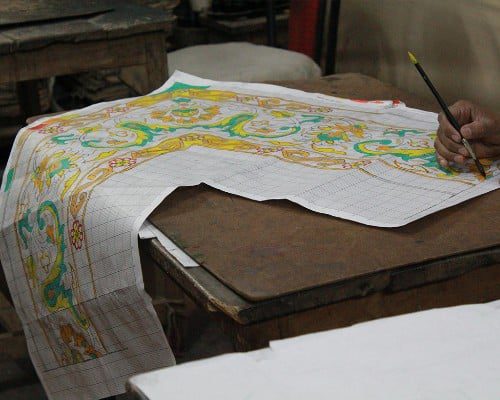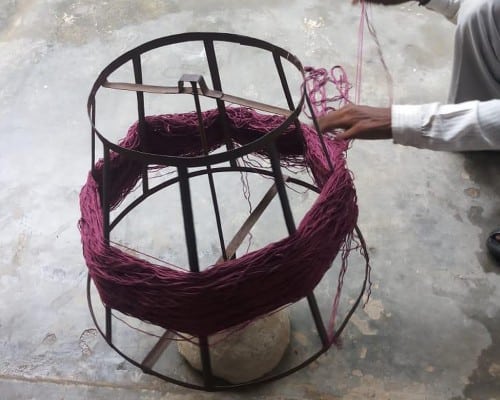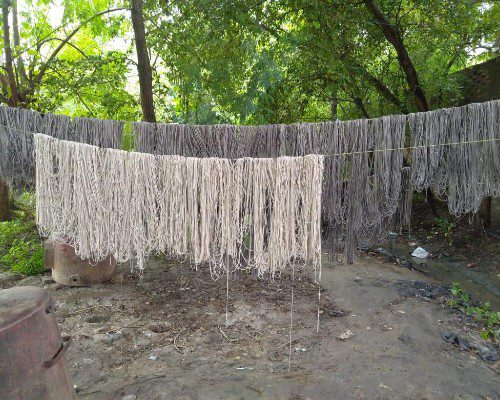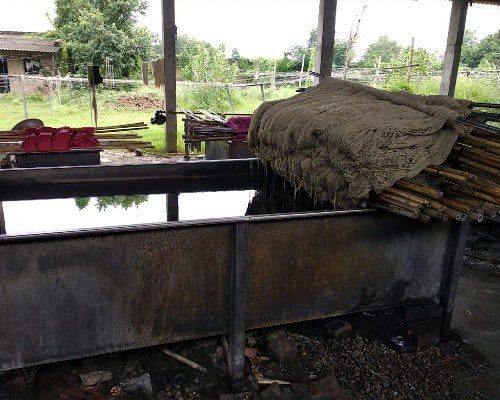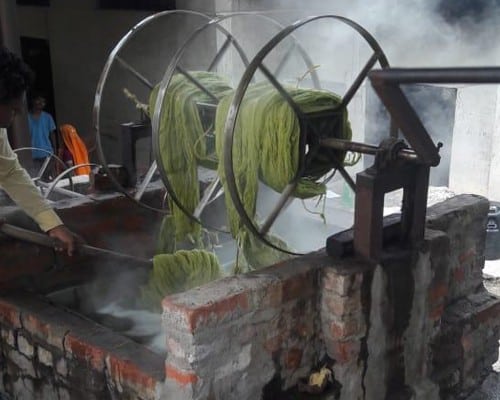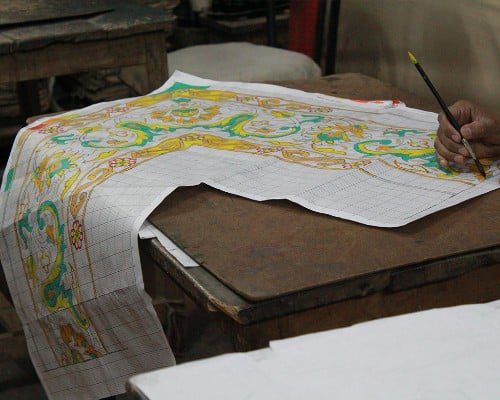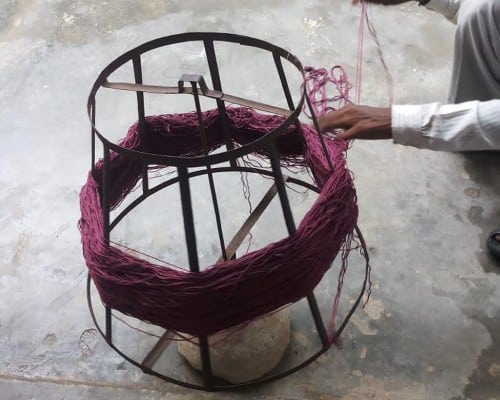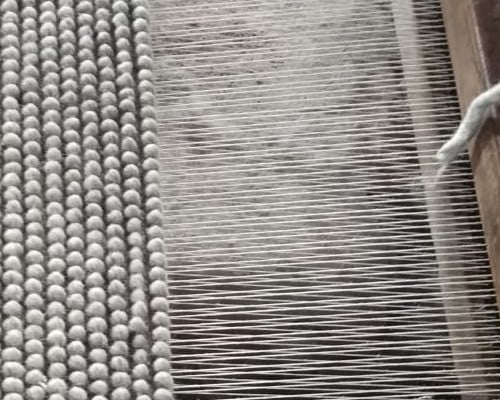Encompassing warmth, tradition and a sense of richness, carpets and rugs
have been a source of comfort to human beings for thousands of years.
Handcrafted To Perfection
Created with utmost dedication, commitment and perseverance, it takes an incredibly skilled individual to weave these inimitable handmade carpet creations. We believe that this work ethic should be highly acknowledged. To learn more about the extraordinary efforts behind the art of carpet weaving, explore our special process, journey and techniques.
Journey Of A Handcrafted Rug
Techniques
To create a handmade floor carpet, comfy small rugs or beautiful large rugs, The Merge Projekt uses these popular techniques.
Handknotted
This traditional method of handmade carpet weaving is the most desired; owing to its extremely detailed and elaborate process. Using the handknotted technique, the weaver carefully inserts knots in the rugs and ties them each by hand. With the wool and silk knotted one by one, weaving a handknotted rug takes tremendous time and effort. With the quality determined based on the number of knots per square inch, higher density converts to better quality and a longer life.
Steps:
- The yarn is knotted around the vertical warp threads and a metal rod.
- Once the row is complete, the rod is hammered tightly against the row below.The weaver then cuts the yarns along the rod, creating the pile.
- Finishes such as Carving & Clipping are done to define different patterns using a pair of scissors
Handtufted
The handtufted technique is a relatively modern method of carpet weaving. Owing to the growing demand for handmade carpets and rugs, the handtufted carpets method was created for faster production needs. To speed up the process, a tufting gun is used for weaving instead. Be it carpets for radios stations, government guest houses or movies and set decor; get a handmade carpet made quicker and more efficiently.
Steps:
- The design graph is drawn on a canvas that is then stitched onto a frame. The craftsmen punch strands of wool or viscose into the canvas with the help of the hand-operated tools.
- After piling the wool, the carpet is removed from the frame & a scrim fabric is glued to the back for extra protection. The carpet is then sheared to even out surface level & create required pile height.
- The final step involves binding the edges of the Rug. After a final round of quality check, the Carpet is packed & prepared to ship.
Handloomed
Featuring a low to medium pile, Handloomed rugs are traditionally woven on a vertical loom with a mountain wrap. Using thin threading, handloomed rugs are made by pressing strands of fibre together on a loom. A pile is the difference between a flat weave and a loomed rug.
Steps:
- The loom holds the warp (vertical) threads in place and allows the interweaving of the weft (horizontal).
- From felted textures, shag and naturals to solid and border rugs, different looms are used to produce different types of rugs.
Handwoven or Flatweave
A relatively old technique, handwoven or flat weave rugs are decorative rugs that are woven by interlacing the warp (vertical) and the weft (horizontal) threads; without using any knots. Light weight, reversible and durable, handwoven rugs are easy to fold; making them perfect for people who love to change their interior decor. More affordable, these handmade rugs are flat and damage-resistant; offering a distinct artistic layer.
Steps:
- On the loom, the yarn or weft is thrown through the middle of the bottom and top warp.
- The weaver then compacts the rug with the beater and the weft and warp are woven together. This alone is considered a flatweave.

